The Rise of Non-Clinical Art therapy: From Interpretation to Facilitation
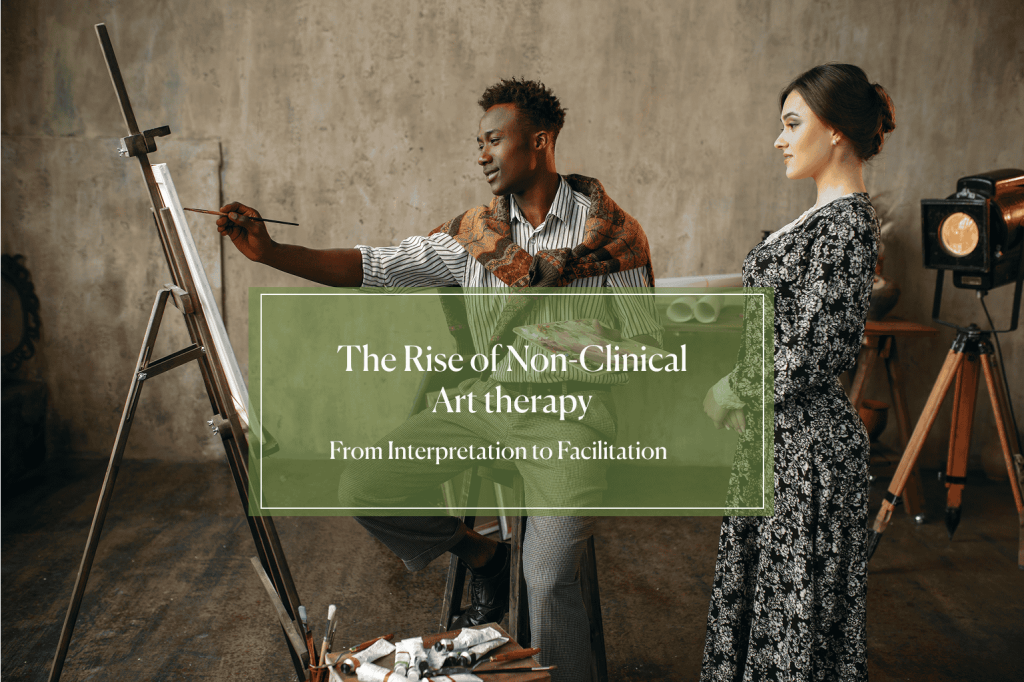
Table of Contents
Introduction
For decades, art therapy has operated under a quiet assumption: that healing happens when we bring the unconscious to light—when we interpret, analyze, and talk our way through the pain.
This model, rooted in psychoanalysis and clinical psychology, sees the art as a kind of x-ray. The images, colors, or metaphors are there to be decoded—each brushstroke a window into the past, each drawing a symptom waiting to be explained.
But what if that assumption is wrong?
What if healing doesn’t begin with interpretation—but with regulation?
What if the real power of art therapy lies not in uncovering trauma, but in giving the nervous system a new experience—of rhythm, of choice, of expression without judgment?
This question isn’t just academic. It cuts to the core of what art therapy is, who gets to practice it, and what it’s really for. Because if art heals not through analysis, but through attention and embodiment—then the skills required to support it look very different. And the barriers to entry begin to dissolve.
This isn’t a dismissal of psychological depth or the value of trained therapists. But it is a call to clarify the scope of practice—and to recognize a new kind of practitioner: one who doesn’t diagnose, but facilitates. One who helps others create more freely, feel more safely, and return to themselves through the act of expression.
In this article, we’ll explore how art therapy is evolving—away from interpretation and toward facilitation—and why this shift opens the door to a more holistic, accessible, and powerful model of care.
Why Non-Clinical Art therapy Must Move Beyond Interpretation
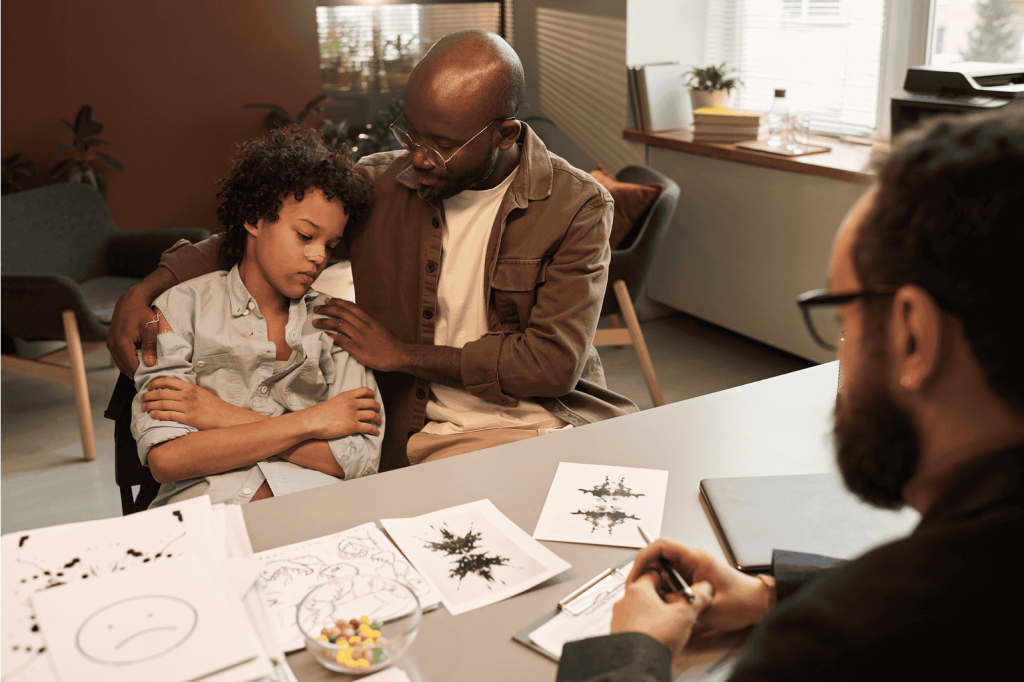
Interpretation Assumes Insight Is the Primary Path to Healing
Traditional art therapy leans heavily on analysis. It assumes that if we can interpret the artwork—decode its symbols, trace its origins—we can generate the insight needed to heal.
But this approach privileges meaning over experience. It centers the mind, rather than the nervous system. And for many, the mind is not the part that needs immediate attention.
It may be where the symptoms are largely expressed, but not their source.
Many Symptoms Are Responses to a Life That Can’t Be Explained Away
Suffering is real. It lives in the body. But often, it begins with disconnection from the things that make us human—rhythm, nature, beauty, expression, intimacy. The nervous system responds by fragmenting, bracing, or shutting down.
These responses don’t require interpretation. They require restoration.
Expression Works Because It Reorders the System, Not Because It Explains It
Creative practice doesn’t need to say something in order to do something. It brings rhythm where there was chaos. Movement where there was freeze. Flow where there was looping.
Art doesn’t just express. It re-coheres.
And this is why the facilitator doesn’t need to interpret so much as they need to help the act of expression happen, and keep happening, in a space that is safe and alive.
Art Heals First Through the Body, Not the Mind

The Autonomic Nervous System Coordinates Safety and Stress Responses
The autonomic nervous system (ANS) has two primary branches:
- The sympathetic system, which prepares the body for action in response to perceived threats—commonly referred to as “fight or flight.”
- The parasympathetic system, which generally promotes recovery, digestion, and regulation—often called “rest and digest.”
However, the ANS is not a simple toggle between stress and calm. It’s a highly dynamic system in constant interplay, with both branches contributing to a broad range of physiological and emotional states.
More advanced models—such as Polyvagal Theory—further divide the parasympathetic system into two distinct modes:
- Dorsal vagal: associated with shutdown, numbness, and freeze
- Ventral vagal: associated with safety, connection, and social engagement
These distinctions help explain why different expressions of distress—agitation, collapse, disconnection—stem from different autonomic states. And they affirm a crucial point: healing requires a physiological shift, not just a psychological one.
This is where creative expression plays a central role—not in uncovering insight, but in supporting a return to regulation.
Creative Activity Provides the Somatic Cues Required for Safety
Unlike cognitive processing, creative expression offers nonverbal, sensory-based inputs that signal safety directly to the nervous system. These include:
- Repetitive and rhythmic motor activity (e.g., drawing, shaping, humming)
- Focused, low-stakes attention (flow states)
- Tactile and sensory engagement (touch, color, sound, movement)
- Environments free from urgency, judgment, or expectation
Together, these elements stimulate the vagus nerve, which helps shift the system out of defense and into regulation. Measurable physiological changes follow:
- Cortisol levels drop, reducing chronic stress
- Heart rate variability increases, improving resilience and adaptability
- Dopamine rises, enhancing motivation and receptivity
- Breath deepens, signaling safety through both chemical and mechanical pathways
This process doesn’t require insight or narrative. The system shifts because the conditions for safety are embedded in the act of creating.
Regulation Precedes—and Often Replaces—the Need for Insight
Once the nervous system settles into parasympathetic safety, thought and emotion become less compulsive. The mental loops that seemed inescapable begin to dissolve—not because they were solved cognitively, but because the body no longer feels under threat.
From this place of regulation, people often gain clarity, perspective, and even meaningful insight—but without needing to force or chase it.
In many cases, insight becomes unnecessary. The system is no longer asking for explanation. It’s simply allowed to be whole.
What Facilitation (Instead of Interpretation) Looks Like in Art Therapy
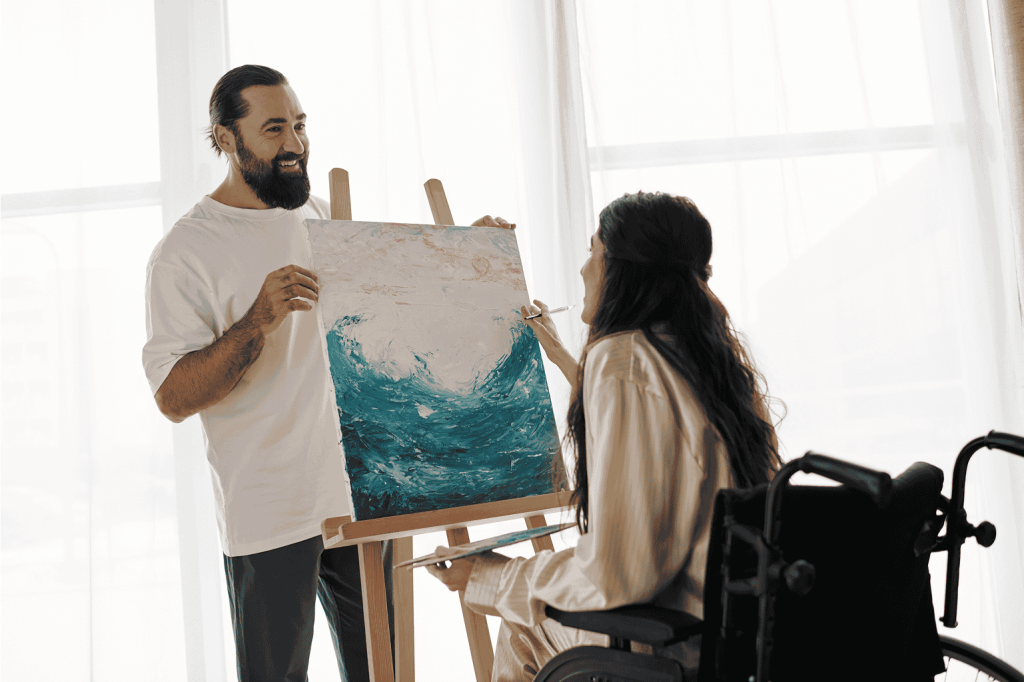
Traditional Models Task the Practitioner with Extracting Meaning
Historically, art therapy has been rooted in clinical psychology. The art is often treated as symbolic—a kind of coded message that must be interpreted by a trained therapist to uncover underlying trauma, conflict, or unconscious content.
But this model assumes that healing requires understanding the wound, often by talking about it, interpreting it, or tracing it to its origin. It centers the practitioner as an analyst, not a supporter of process.
In many cases, this approach doesn’t empower the client. It fixates their attention on the wound itself, encouraging recursive rumination rather than resolution.
When Healing Is Regulation, the Practitioner’s Role Must Shift
If we accept that coherence begins with the nervous system, not the mind, then the facilitator’s primary role is no longer to uncover meaning—but to create the conditions in which the system can restore itself.
This requires a different skill set:
- Attunement: sensing when a client is engaged, dysregulated, or looping
- Non-intrusive guidance: supporting creative flow without directing content
- Containment: maintaining an environment where the client feels internally safe
- Re-orientation: gently helping the client shift attention when expression turns into repetition or fixation
This is not diagnostic work. It is relational regulation through creative presence.
The Facilitator’s Power Lies in Supporting Flow, Not Extracting Narrative
A skilled facilitator helps the client stay connected to their creative process—not to interpret what it “means,” but to ensure that it moves, that it unfolds, that it regulates.
This may look like:
- Offering a new medium when stagnation arises
- Asking questions that invite exploration, not analysis
- Noticing when the process has turned into performance, self-judgment, or obsessive looping—and inviting a return to embodied play
In this model, facilitation is not a lesser form of therapy.
It is a different approach entirely—one that works with the body first, not the story.
And for many people, it is far more effective.
Attention Is the Axis of Healing—And Creative Practice Is What Shifts It
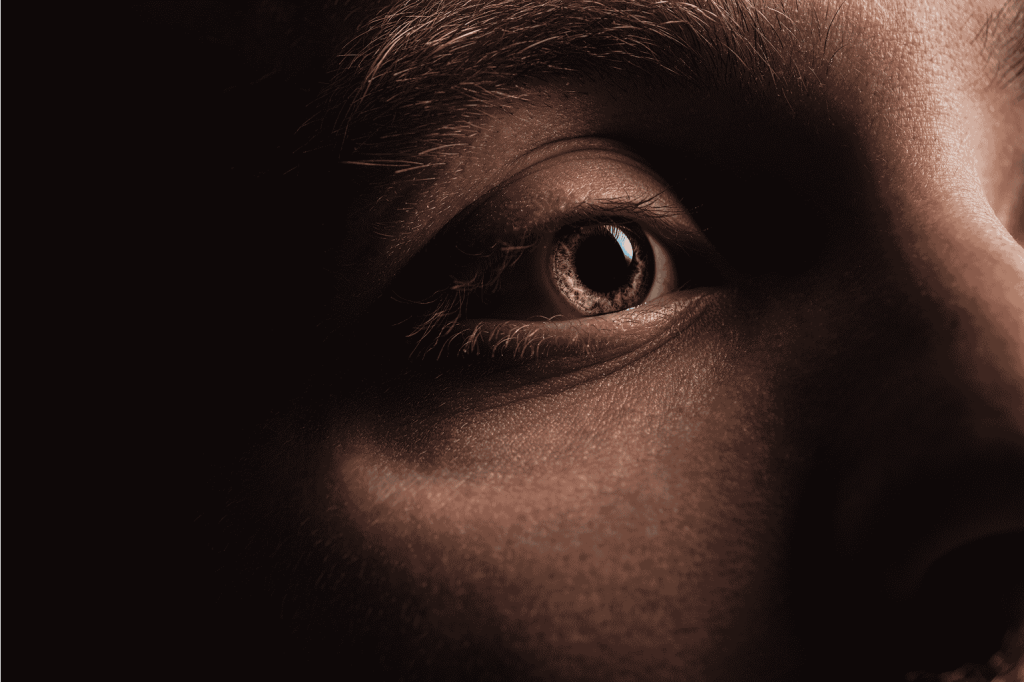
This is the central mechanism that makes facilitation effective and interpretation unnecessary: attention. It is the axis on which both suffering and healing turn.
When Attention Fixates, the Body Follows
Most models of therapy begin by trying to change the story. But what many overlook is that the body—and therefore the mind—is not free to shift until attention shifts.
When someone is dysregulated, their attention is often caught in an unconscious loop. It gravitates toward what feels threatening or unresolved. This isn’t a conscious decision. It’s the nervous system doing what it does best: scanning for danger, protecting the organism, bracing against what it doesn’t yet trust to release.
This is why interpretation, especially when applied too early, often fails. You can explain the wound. You can analyze the pattern. But if attention remains locked on the source of pain, the system won’t believe the story has changed.
The Suffering Artist: A Proof of the Attention Trap
This is precisely what we see in the mythology of the “tortured artist.” Creativity is supposed to heal. So why does it so often coincide with anguish?
The answer is not that art causes suffering—though it can. It’s that many people turn to creativity because they are already in pain. Art becomes the only place where they feel safe, seen, or sovereign. It begins not as pathology, but as survival.
But survival is not the same as healing.
When the creative process lacks structure, support, or interruption, it can become an emotional echo chamber. The very thing that once provided freedom can become a loop—where attention remains fixed on the wound, not freed from it.
Expression becomes repetition. The brush returns to the same color. The lyrics revisit the same story. The body reenacts the same posture. Not because the person isn’t trying to move—but because the attention is still locked in place.
This is the real tragedy beneath the “suffering artist” archetype. Not that expression is dangerous, but that—without interruption—it can calcify into identity. The mirror replaces the path. And the pain continues.
This is why facilitation matters.
Not to interpret. Not to correct. But to help someone notice when they are circling instead of moving—and to gently redirect their attention toward flow, novelty, rhythm, and life.
Creativity is not inherently healing. But when attention is guided, it becomes a tool for restoration—not just survival.
Creative Expression Alone Isn’t Enough—Guided Attention Is What Interrupts the Loop
Here’s the crucial distinction: creative expression by itself doesn’t automatically heal. The suffering artist proves this. They’re creating, they’re expressing, but they’re still trapped.
What matters is where the creative process directs attention.
When attention is guided toward novelty, rhythm, embodiment, and present-moment sensation, rather than toward familiar wounds and identities, the nervous system has something genuinely different to do.
This is why facilitated creative practice works differently than solo expression. It’s not just about making art. It’s about consciously redirecting attention toward what reinforces life and possibility, rather than what reinforces pain and limitation.
The real value isn’t in the expression itself, it’s in the attention redirection. Away from looping thoughts and toward felt, present experience. Away from familiar narratives and toward new sensations. Away from what confirms old identities and toward what allows new ones to emerge.
This isn’t about bypassing difficulty. It’s about building the physiological conditions in which change becomes possible—by consciously guiding where attention goes during the creative process.
The Facilitator Doesn’t Guide the Content—They Guide Attention Toward What Builds Life
In this model, the facilitator’s job is not to decode symbols. It’s to actively guide attention toward what reinforces possibility rather than what reinforces pain.
To notice when a person’s creative process is reinforcing old, limiting identities, and gently redirect toward what builds new, healthier ones.
To offer redirection when expression becomes repetition of familiar wounds, guiding attention toward novel sensations, rhythms, and experiences instead.
To consciously steer the nervous system toward what feels expansive rather than what feels contracted, through gesture, medium, tone, or pace.
This is the 5% that makes 95% of the difference. Not interpretation. Not content analysis. Just the conscious redirection of attention from what reinforces suffering to what reinforces healing.
It doesn’t take a clinical degree to do this.
It takes awareness of where attention is going, and the skill to guide it toward life.
And it changes everything.
This Isn’t Clinical Work—And That Changes Who Can Practice It

If attention is the axis of healing, and regulation the mechanism, then the qualifications for guiding this work look radically different from those of clinical therapy.
You don’t need to diagnose.
You don’t need to interpret trauma, prescribe protocols, or “treat” in the traditional sense.
You need to help someone shift from fixation to flow. To recognize when they’re stuck, and to offer a creative process that brings movement, breath, rhythm, and presence back online.
This doesn’t require a clinical license.
It requires something else entirely.
Why the Work Can Be Learned in Weeks, Not Years
Most licensed therapists spend years studying diagnostic frameworks, liability policy, and institutional models of pathology, none of which are really required to help someone regulate through creative expression.
The core skillset of facilitation is far simpler, and more human:
- Understanding how safety, rhythm, and expression impact the nervous system
- Learning to recognize signs of freeze, fight, or dissociation
- Creating nonjudgmental space that supports process without pressure
- Knowing how to gently redirect when someone is looping or overwhelmed
These are not so much academic skills, but relational ones. Somatic skills.
Much of it is intuitive and what’s not can be taught in weeks. Honed in months. Deepened over a lifetime of practice.
This doesn’t cut corners. It cuts through noise.
The Gatekeeping of Healing Has Gone Too Far
The modern wellness field is saturated with credentialism.
The assumption is: the more degrees, the more capable.
But credentials don’t guarantee presence. They don’t teach humility. And they certainly don’t teach how to sit with someone in silence while their nervous system slowly reorganizes itself through color, rhythm, or breath.
Most therapists are doing what any emotionally intelligent, well-trained layperson could do, with far less overhead, and often with more creativity.
So when licensed professionals comment, “This isn’t real therapy,” they’re right.
It’s not.
It’s something older. Something more accessible. And, for many, something far more effective.
Because it doesn’t require someone to relive the wound.
It invites them to restore the system.
Starting With Practice Is Better Than Starting With Theory
Most professional training systems are inverted. They front-load years of theory, psychology, pathology, ethics, before the student has any real-world context to understand what any of it means.
But true learning doesn’t start in textbooks. It starts in lived experience.
This is why someone with no academic background, an art teacher, a yoga instructor, a parent, a doula, can often become a far more skillful facilitator in a few months than a clinician can in a few years.
Because they’re grounded in practice.
Because they learn with their bodies, not just their minds.
It’s like music. You don’t become a great musician by reading about it. You become one by playing, listening, and being guided as you go.
Facilitation works the same way.
Ready to Learn Facilitation Skills That Actually Work?
Our Art Therapy Practitioner, Holistic Health Practitioner, and Sound Therapy Practitioner certifications teach you the relational and somatic skills that matter most,
Without the superfluous academic theory that doesn’t.
Because healing happens through presence, not credentials.
Through practice, not theory.
And through understanding the nervous system, not diagnostic manuals.
Want the most complete and integrative training?
When combined in our Therapeutic Arts Bundle,
These modalities give you a complete toolkit for guiding others from fixation to flow, from wound-focus to restoration.
More skills, broader tools, less cost.
Note on Scope of Practice and Language
We’re reclaiming art and creative practice for everyone, not just those with clinical titles.
We don’t train “therapists,” and you don’t need to use that term.
Depending on your region, titles like “Holistic Health Practitioner” or “Facilitator” are almost always accessible,
Especially when you focus on wellness, not diagnosis or treatment.
If in doubt, simply adjust your language or scope of practice to fit local rules.
With the right positioning, this work stays open, ethical, and effective, anywhere.

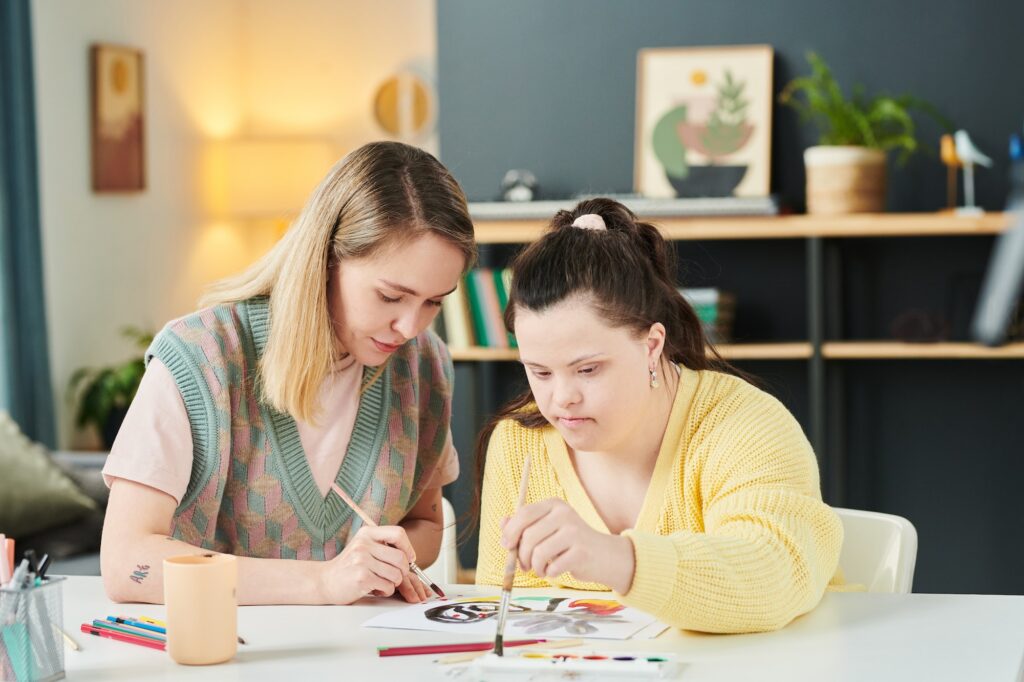



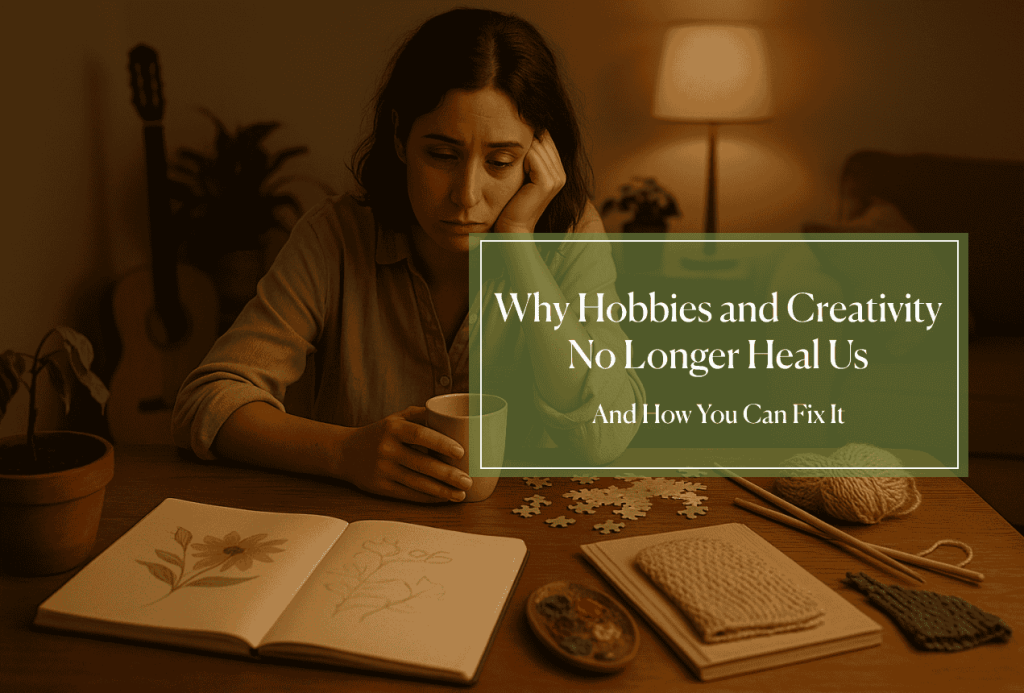


Responses